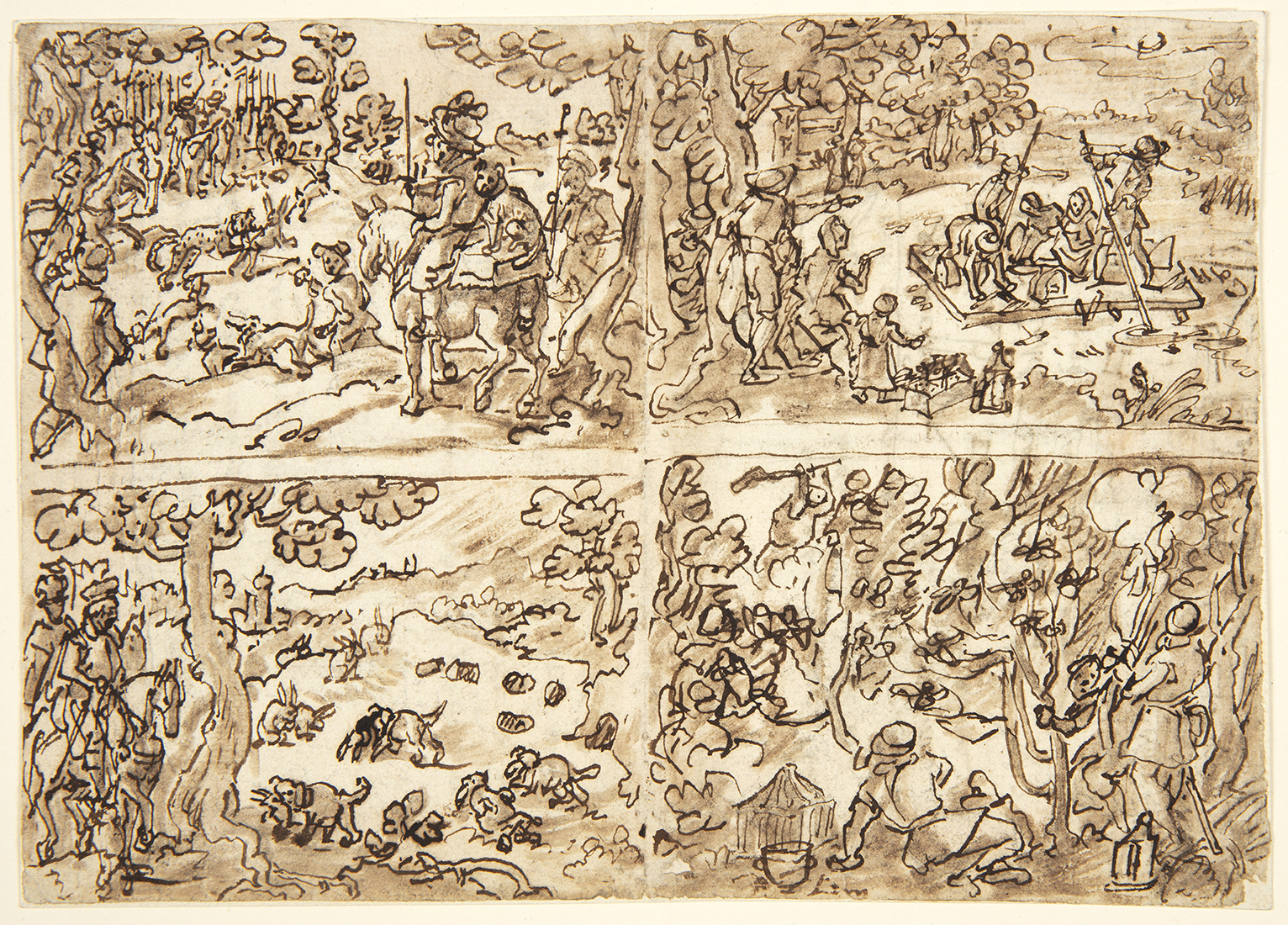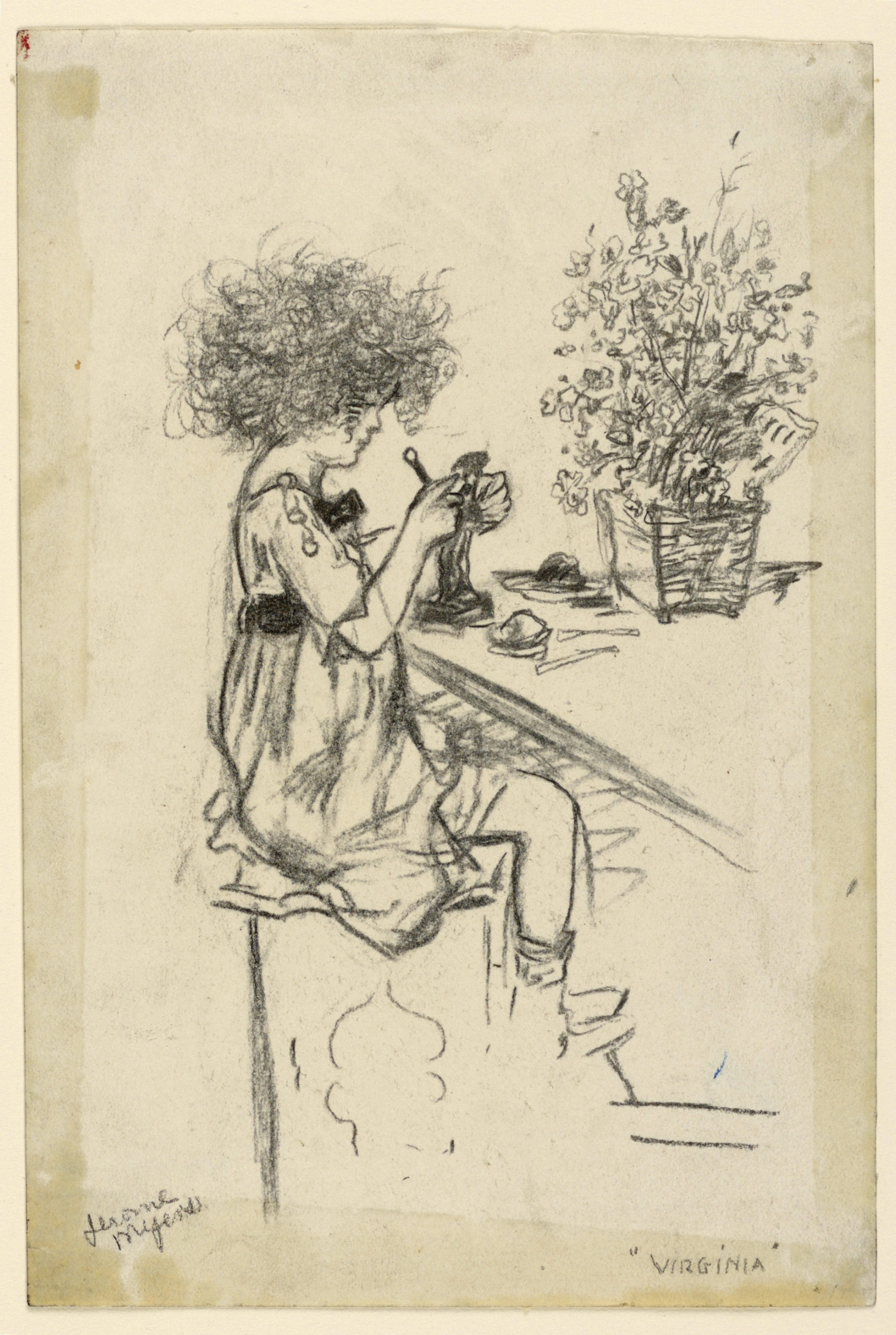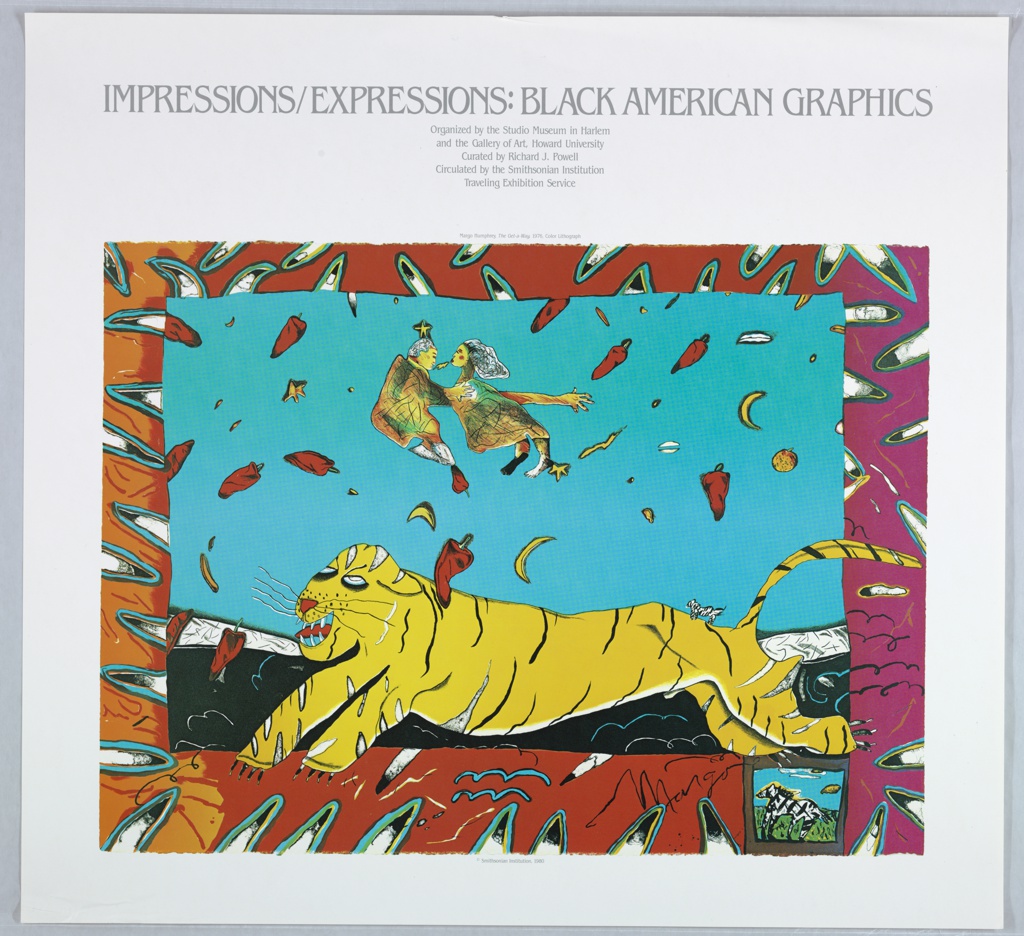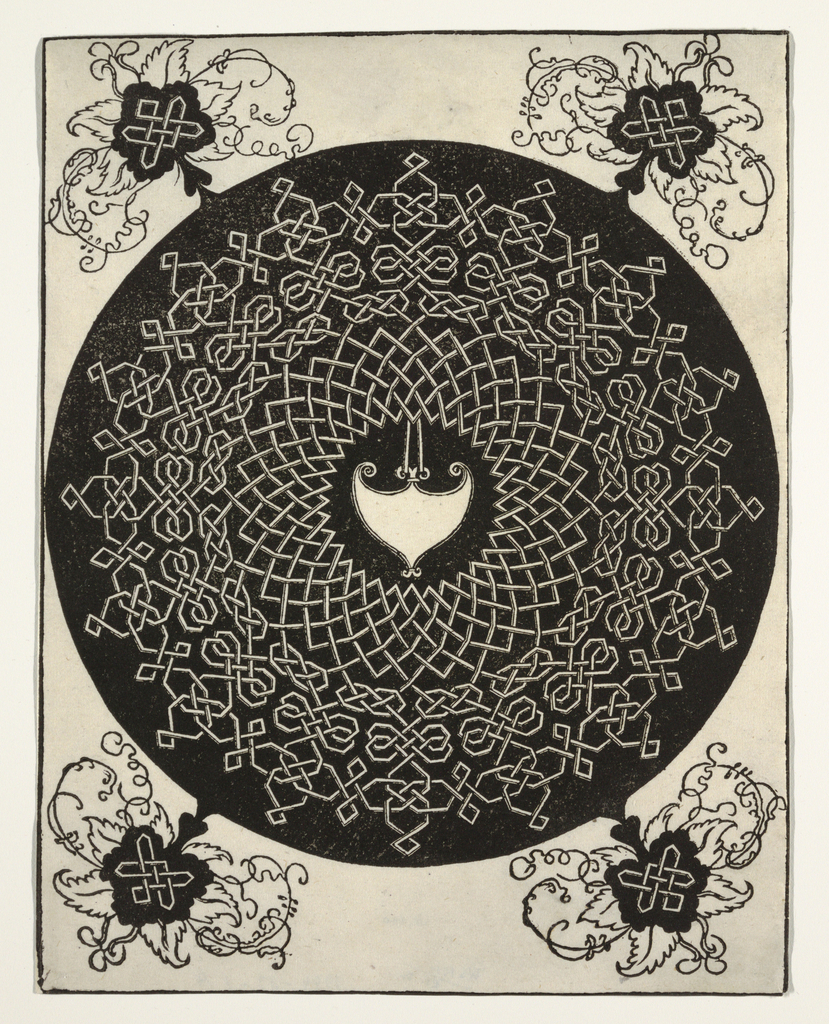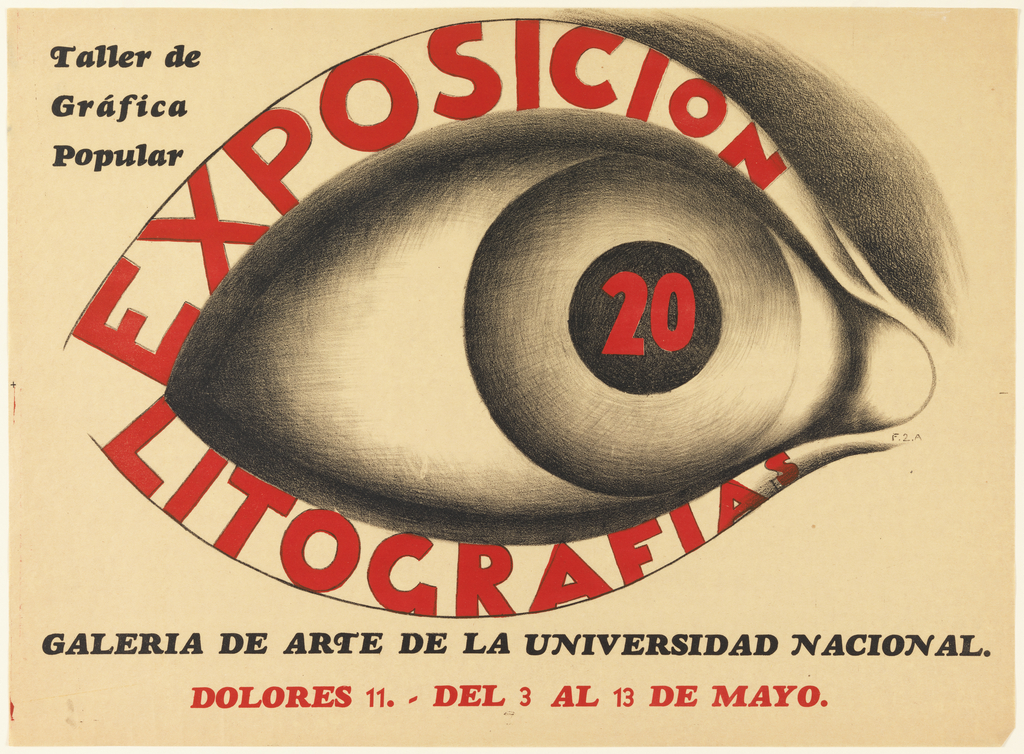Explore the printmaking process—from artist sketch to engraved sheet—in 16th-century Europe.
Jerome Myers always had a sketchbook close at hand. When weather prevented him from sketching city life in New York, he would turn instead to self-portraits or drawings of his family. In this sketch, the artist’s daughter—Virginia—sits at a table, making a small figurine out of clay. Born in Petersburg, Virginia, Myers moved with his...
In October of 1979, an exhibition entitled Impressions/Expressions: Black American Graphics opened at the Studio Museum in Harlem. The show, associated with the second annual “Survival of the Black Artist” Fine Arts Festival, later traveled to Howard University—alma mater of the exhibition’s 26 year-old curator, Richard J. Powell.[1] The first survey of its kind, Impressions/Expressions...
Proudly displaying his royal, albeit long-embattled standing, Prince Rupert of the Rhine (1619-1682) placed a crown on his initials in the top right corner of his 1662 mezzotint, Head of the Executioner. Besides his impressive lineage, the Prince is also credited with revolutionizing the mezzotint printing process. Mezzotint is a printing method in which the...
For centuries, this intricately wrought interlace design—one of six similar motifs produced by Albrecht Dürer—has entranced and perplexed those who have encountered it. The intended purpose of the Knots, as Dürer referred to the series, as well as the precise date of their execution, remains unknown. Some scholars have postulated that the designs are patterns...
Beginning in the late 19th century, the medium of printmaking played an integral role in the creation of modern Mexican art, a tradition that can be traced back to the work of, among others, José Guadalupe Posada. But it was in the post-revolutionary period of the early 20th century that large groups of Mexican artists,...
